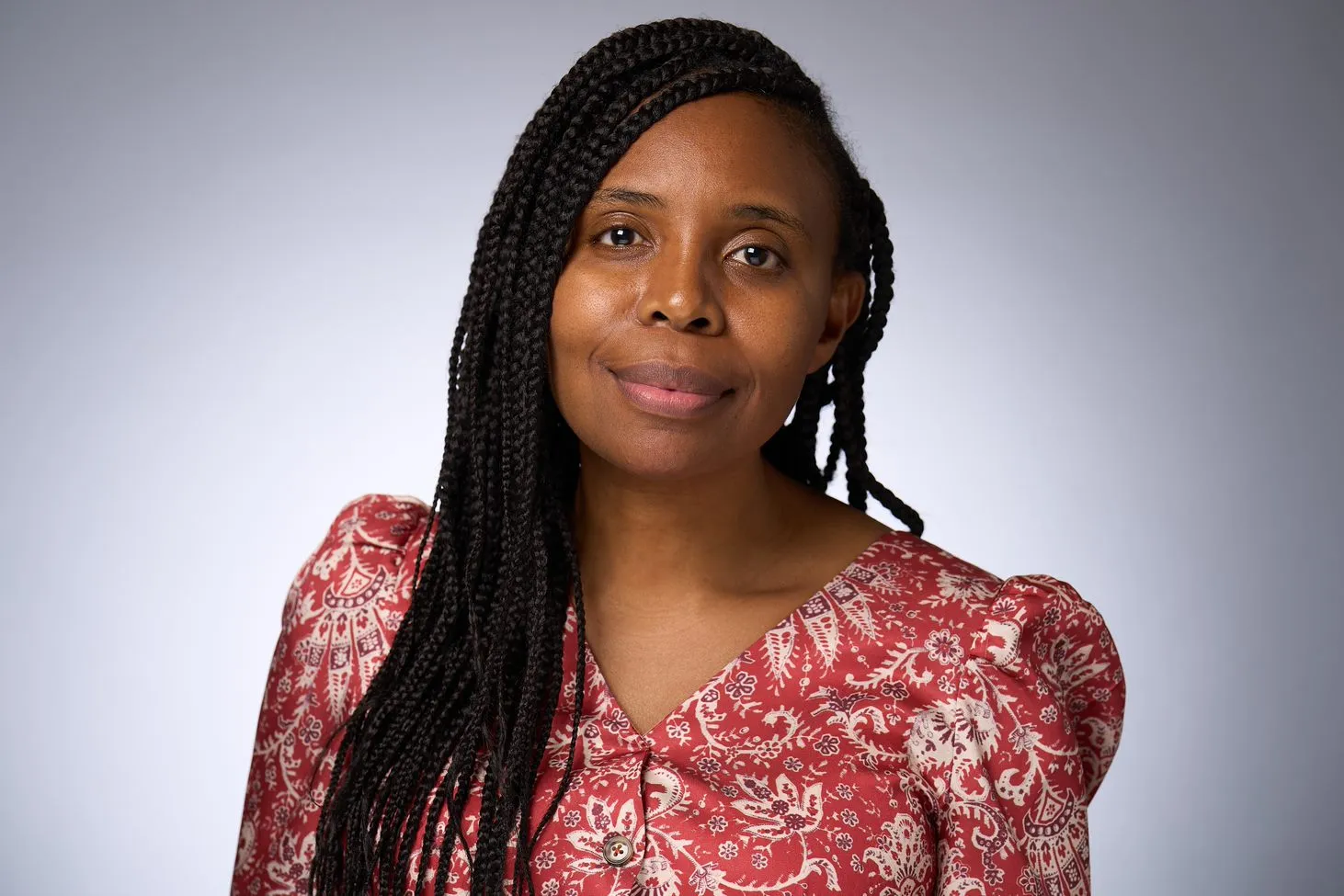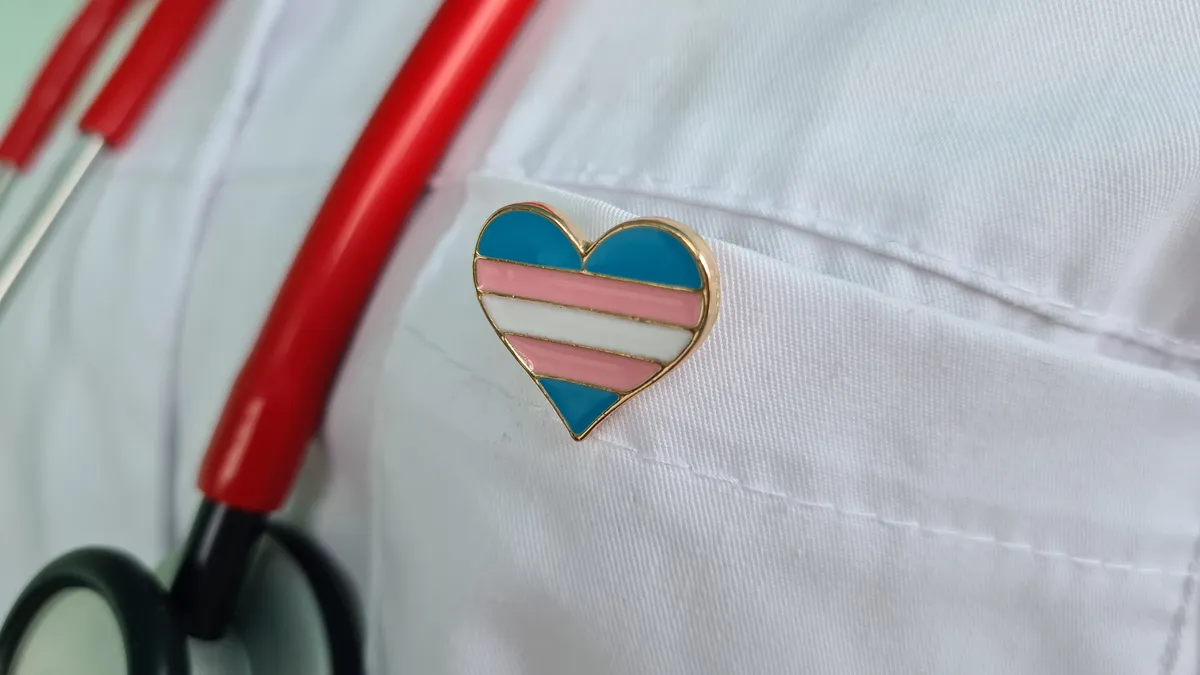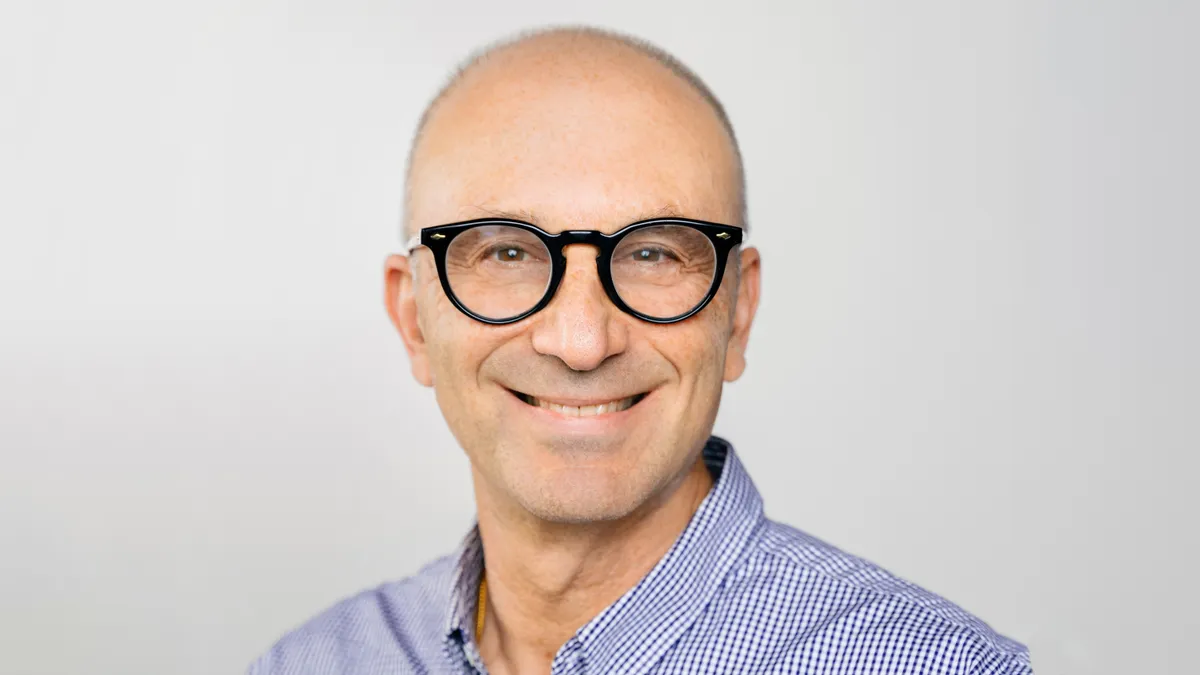Although an estimated 1.6 million Americans identify as transgender or nonbinary, a recent Parexel report revealed that less than one percent of clinical trials in the U.S. include patients from these communities.
While the industry is making strides toward improving trial access, its efforts have largely focused on race and ethnicity, often leaving out considerations of gender identity and sexuality. For transgender and nonbinary patients, underrepresentation in these studies could determine whether a life-saving therapy will work in their bodies, or whether it will cause more harm.
“If you think about somebody who has transitioned, there are the medical issues related to their transition, but they could have chronic or acute conditions that also need to be treated,” Xoli Belgrave, senior director in Parexel’s office of the patient, said. “We can't ignore that because we're not sure what to do.”

Patients in these communities face a diverse set of health challenges related to gender-affirming care. They also disproportionately suffer from chronic conditions compared to the general population. But because they’re so rarely included in trials, there’s little evidence to be used in drug approval decisions.
Parexel and other clinical trial solutions companies are moving the needle with research programs and initiatives aimed at enrolling more LGBTQ+ patients. Still, countless obstacles remain, from rethinking the way trial protocols are written and patients are recruited, to retraining staff and offering new amenities at study sites.
Fixing the system means starting with the basics, by making trials “if not more inclusive than less exclusive,” and by adjusting study inclusion criteria and the ways data is collected, Belgrave said.
“Change is always slow. Except for those that want to change, or for those that see the value of change,” Belgrave said. “That's the first thing: Where there's will, there's change. And we've seen that.”
Inclusion criteria
Among the greatest obstacles is combating the industry’s “if it’s not broken, don’t fix it” approach to trial design, Lindsey McNair, a life sciences consultant, and the former chief medical officer for WCG Clinical, argued.
“When people write protocols, they start from their last protocol,” McNair said. “If the contraception language is fine on their last protocol, then they just cut and paste it into the new protocol. And if the database setup was fine in the last study, they replicate the database setup.”
Past protocols often include outdated language that isn’t only exclusionary, but also scientifically inaccurate. When companies reuse those protocols, they’re perpetuating lasting problems, and the only way to break the habit is to rewrite the inclusion criteria for each trial.
“It's about removing or looking at the criteria and saying, ‘Do we really need this? Why is this here? Is there a scientific or safety reason for these criteria?’” Belgrave explained.
For instance, in a trial for an ovarian cancer drug, an inclusive protocol would allow all patients with ovaries to participate, rather than just people who identify as female by sex or as a woman by gender because nonbinary individuals and trans men can also have ovaries.
Inclusivity issues also frequently arise around contraception and pregnancy testing criteria. Not all women may have sex with a person who can get them pregnant, but if they’re not using a form of birth control, they still may be excluded from some trials because of rigid language.
“If you're saying we have to exclude a group of people because there might be a safety risk, then exclude the factor that creates the safety risk and not the people,” Belgrave said.
Similarly, in studies that need to exclude patients taking hormone therapy or other gender-related treatments for safety reasons, McNair suggested writing the protocol “so that it excludes the medications that are of concern and not the people” to avoid overly broad guidelines.
In cases where safety is a consideration, however, allowing patients to make an informed decision about whether to participate may be a better course of action than making that decision as an institution.

“When people are asked, ‘What's most important to you? Is it your safety? Is to being allowed to participate in the study?’ … they say both,” Belgrave said. “My question then becomes, how do you do that in a litigious environment — honoring people's right to participate, while acknowledging that there may be adverse events?”
The solution is to let the participants choose their risk, Belgrave said.
Next steps
Some progress is already being made to understand how patients receiving gender-affirming care may react to other drug treatments. While including transitioning patients in early-stage trials continues to pose obstacles, organizations can conduct post-market studies.
“That's a safe space to start because you already know that there's a safety profile for that medicine,” Belgrave said, noting that more research into the diverse experiences of the trans community is also necessary.
“We have to remember that transition looks different to each individual — not all transitions are chemical, not all transitions are surgical and not all transitions are the same. For that reason, there should be some kind of work to assess: can this be compared to something else?” Belgrave said.
"Change is always slow. Except for those that want to change, or for those that see the value of change."

Xoli Belgrave
Senior director, office of the patient, Parexel
Getting to the next phases of research also will require support and Institutional Review Boards, McNair argued. Eventually, the hope is that IRBs will begin rejecting study designs that are not inclusive or scientifically accurate based on current knowledge of gender and sexuality, McNair said.
However, to get to that point, Scott Hunter, former vice-chair of the University of Chicago’s Medicine and Biological Science division’s IRB, said the FDA also needs to release some guidance on the topic.
“A lot of what happens for members of the IRB, is that there has to be a very strong understanding of where current policy is from the FDA, and then how do we ensure that a study is being read in a way that's going to meet that,” Hunter, who now serves as a senior scientific expert at WCG Clinical Research Solutions, said. “If the policy isn't changing to allow for the diversity that's necessary, then that study is going to be less successful.”
For Belgrave, waiting for that FDA action isn’t an option.
“It's up to us as an industry to pick up the ball and proactively start to implement some of those things that we've talked about in thought leadership,” Belgrave said.





















